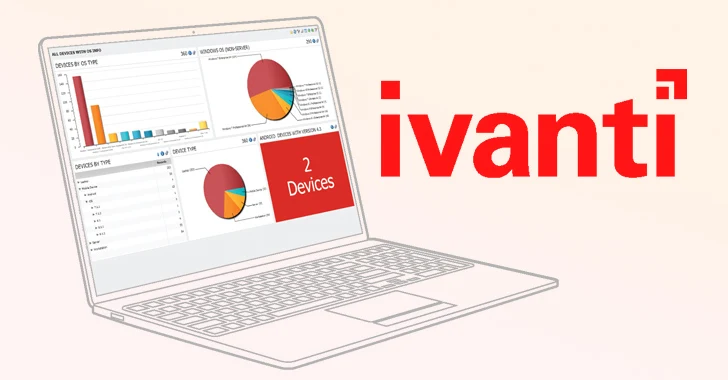Introduction to the Stanford Marshmallow Test
Our commitments to others can have a significant impact on our actions, even for children trying to resist a tempting treat. A new study has found that peer support can help children pass the famous Stanford marshmallow test, which assesses a child’s ability to resist a treat in order to receive a bigger, better reward.
The Study’s Findings
The study, published on May 7 in Royal Society Open Science, discovered that children are more likely to wait for a larger reward if they have a buddy who has pledged to hold out than if they’re alone. This suggests that promises can be a powerful influence on people’s behavior, consistent with previous studies that have found that explicit vows make children less likely to cheat and more likely to tell the truth.
Background on the Marshmallow Test
The original marshmallow test, conducted at Stanford in the 1970s, was a simple yet effective experiment. An experimenter placed a marshmallow or other treat in front of a child before leaving them alone in a room. The child was told that if the marshmallow was still there when the experimenter returned, they would get double the treats. Follow-up studies found that children who "passed" the test had better outcomes later in life. However, later studies challenged these findings, suggesting that children who gobbled up the smaller reward may have come from challenging homes and circumstances that made them less likely to trust adults.
The New Study’s Methods
In the new study, a team of researchers, including psychologist Owen Waddington from the University of Manchester, investigated how interactions with others impacted a child’s ability to wait for a better reward. The researchers conducted the experiments online, pairing each child with another child. The experiments involved children aged 5 to 6 years old and their parents, who showed their child a familiar treat from their home. The child was told that they would get an even better treat if and only if another child also waited for a larger treat under the same circumstances.
The Experiment’s Design
The experimenters pretended that there was a "malfunctioning" Zoom link, allowing participants to see the other child but not interact or communicate with them. The participants were shown a video of the child they were paired with, who either promised to hold out or expressed uncertainty about waiting. The results showed that when one child promised to hold out, the other child waited longer before eating the treat than if their partner had expressed uncertainty.
Key Findings
The study demonstrated that promises can have a significant impact on children’s behavior, even in the context of the marshmallow test. Compared to previous studies, this study showed that when a partner promises to wait for their treat, children’s willingness to delay gratification is greater than when the partner expresses uncertainty. Younger children were more likely to wait the whole time than older children, although the difference was not statistically significant.
Implications and Limitations
The findings suggest that promises promote cooperation in children, echoing earlier experiments in addiction research that buddy systems can prevent relapses. However, the authors caution that these findings may not apply to all children, as the studies were mainly conducted on healthy children in northern England. Further research is needed to determine whether these findings apply to children across other cultures.
Conclusion
In conclusion, the study highlights the power of promises in promoting cooperation and delaying gratification in children. The findings have implications for our understanding of human behavior and the importance of social influences on our actions. As the authors note, a simple promise can go a long way in shaping our behavior, even for children.
Source Link





